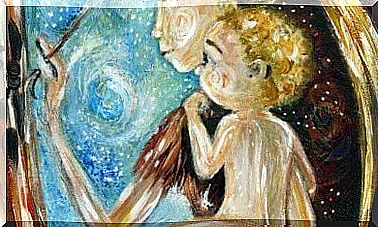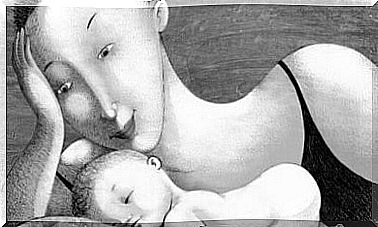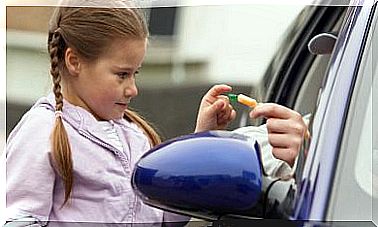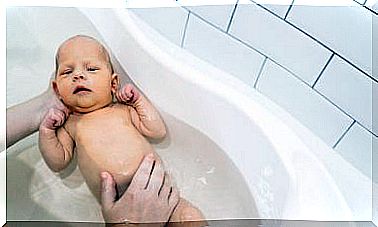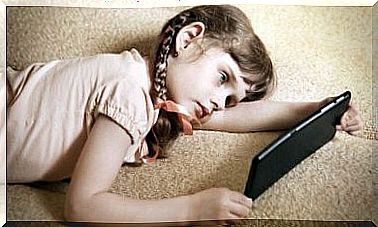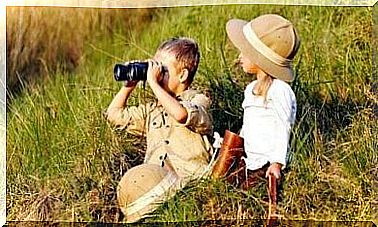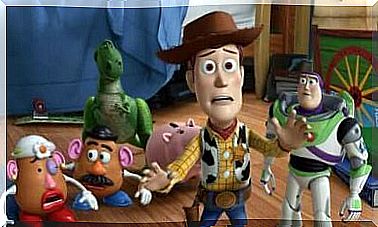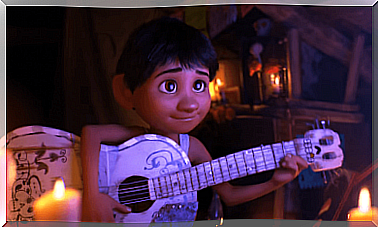The Development Of Perception In Children
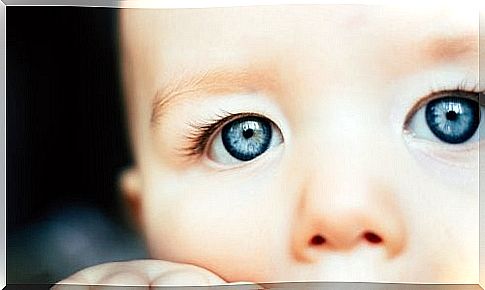
The perception development of a baby is a slow process of enabling sensory experiences and neurological factors. Early stimulation also plays an important role. Find out more about this interesting topic today.
What is perception
In order to understand the world, we must first explore it and our sensations are essential in exploring the world around us. However, we must be able to select, organize, and interpret these sensations in order to create an accurate mental representation of the environment around us. That is what perception is all about.
Hence we can say that perception is the ability to receive information about the environment and to experience sensations through a series of stimuli. In other words, it’s the interpretation of what you’re feeling.
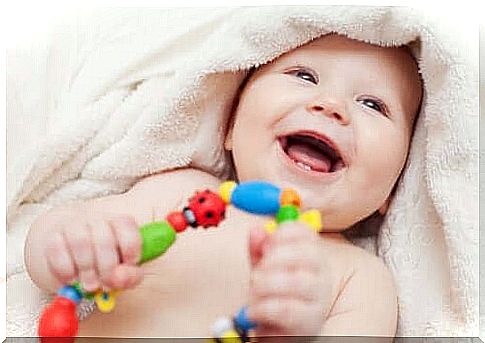
The development of perception in children
The perception of movement
The perception of movement contributes to the perception of other aspects or dimensions of an image, such as:
- Depth: The perception of the third dimension of objects.
- Biological Movement: The determination of the shape of objects in motion.
The perception of movement is the most important perception in children. In fact, numerous studies confirm that babies between the ages of 3 and 6 months have a similar sensitivity to visual movement as adults.
Perception of space
The world has three spatial dimensions. However, in order for children to be aware of their position in their environment and to be able to properly perceive the space around them, they must recognize the following:
- The space that your own body takes up.
- The spaces that are close to them and in which they move.
- The more distant surroundings.
Based on Jean Piaget’s theory of development, children acquire the perception of space in four stages:
- In the sensorimotor stage (0 to 2 years) and in the preoperative stage (3 to 6 years) children construct the vision of their own space. This develops based on motor experiences and the immediate perception that young children have of space.
- In the concrete operational phase (7 to 11) and the formal operational phase (12 to 14) , children develop more complex spatial relationships. This implies distant views of the world and others with their own bodies.
Color perception
Humans are able to perceive millions of colors. The color we perceive depends on the degree of activation of the three receptors in the retina. These receptors, also called cones, perceive color over wavelengths: short waves (blue), medium waves (green) and long waves (red).
So the brain is constantly analyzing the percentage of light that activates each receptor in the retina and, as a result, creates color vision.
However, newborns cannot see clearly. You can only distinguish between light and shadow and perceive movement. Apart from that , by the age of one month they are sensitive to brightness and intensity. Finally, by four months, they can visualize all the colors of the spectrum.
Promotion of the development of perception in children
There are steps parents can take to ensure that the development of awareness is correct. For example, you can create stimulation areas with toys, colors, different textures, shapes, and so on. This should be done especially in infancy of a child.
All of this helps ensure that children have the opportunity to exercise and explore their surroundings. This in turn enables the little ones to develop all of their perceptual skills and abilities.
